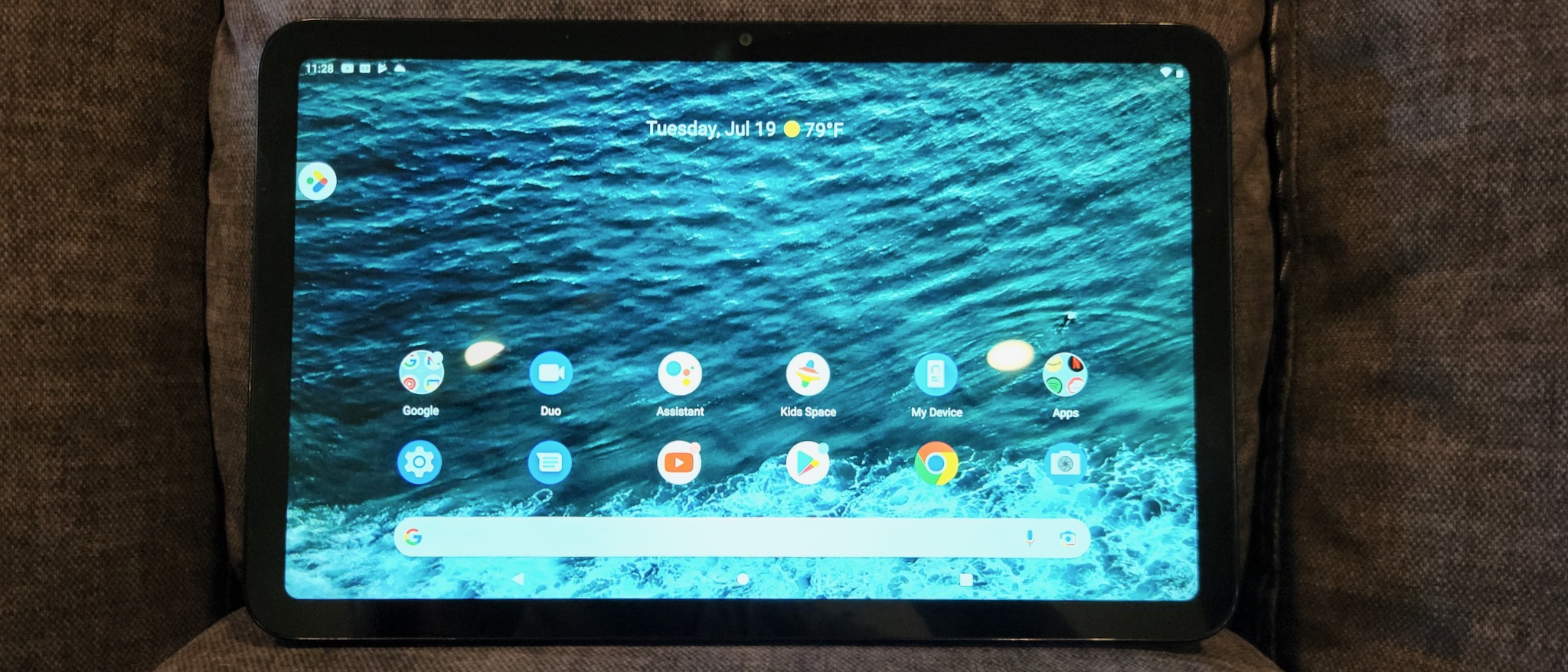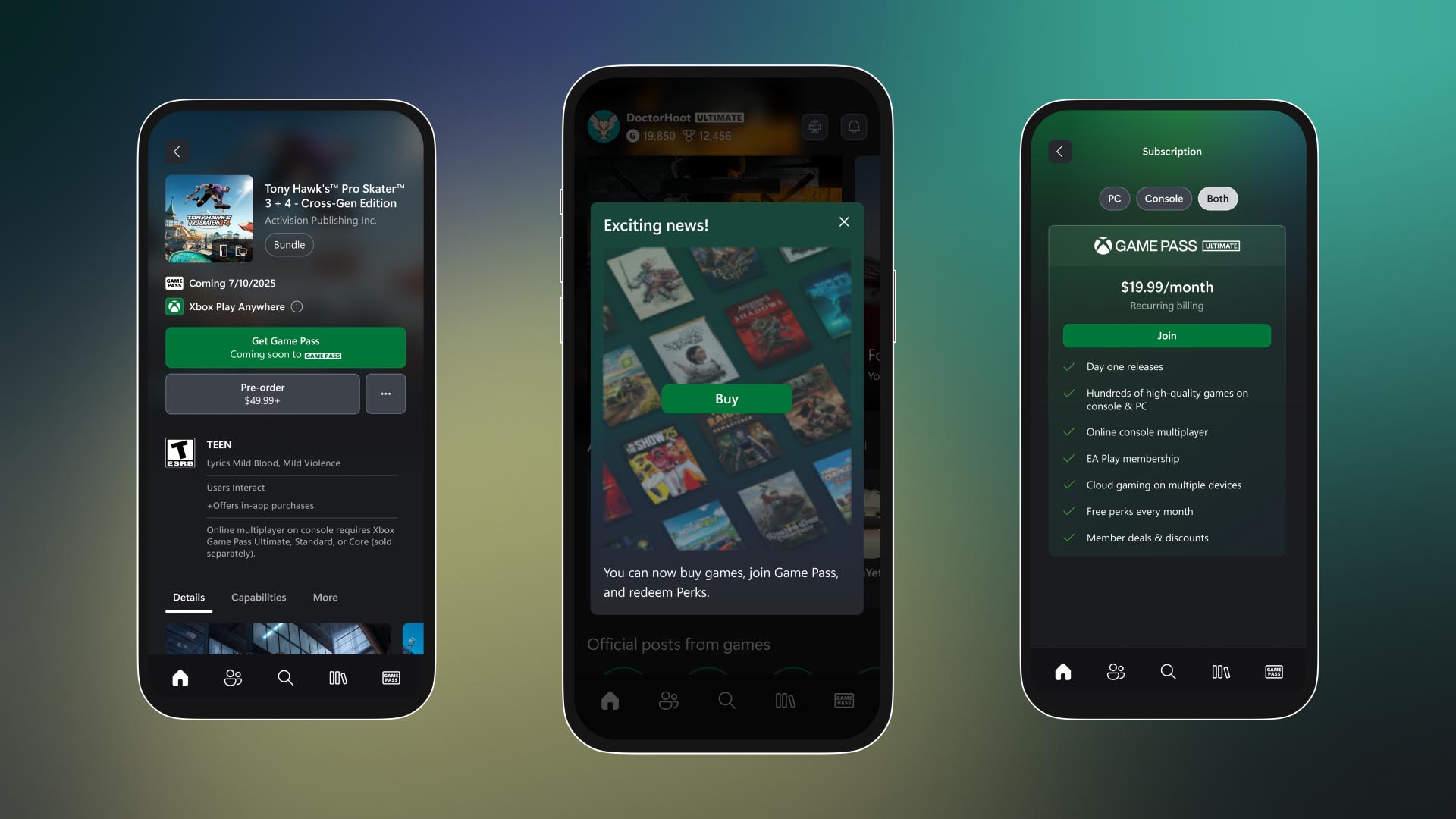Android Central Verdict
On paper, the Nokia T20 does nearly everything it should as a $250 tablet — decent performance, solid visual quality, and two promised OS updates — making it a solid first effort at a budget tablet from HMD Global. But in practice, the tablet has a couple of drawbacks with streaming and speaker quality that you might see as deal-breakers.
Pros
- +
Attractive, durable design with IP52 rating
- +
Bright 2K display
- +
3.5mm headphone jack and microSD card slot
- +
Affordable price
Cons
- -
Slower-than-expected updates
- -
Widevine L3 means low streaming resolution
- -
Glacial recharge rate with boxed charger
- -
Underwhelming stereo speakers
Why you can trust Android Central
For years, Amazon, Samsung, and Lenovo have dominated the conversation when it comes to cheap Android tablets, with only the latter two truly offering a proper "Android" experience. But more Android phone-makers have scrambled to bring their own budget tablets to the table, as more people shift to working from home and prefer larger screens to portable ones. Enter the Nokia T20.
When HMD Global announced the Nokia T20, it marketed it as a cheap, reliable option for "hybrid working and online learning," with a long-lasting battery, two promised OS updates to Android 13, and the software and performance to work for both video conferences and kids' entertainment.
So I'm using those criteria to judge whether or not the Nokia T20 is worth your time, compared to the other budget Android tablets that are available.
Nokia T20: Price and availability
The Nokia T20 tablet was released in late 2021 for $250. It is available in the United States, United Kingdom, Germany, Australia, and India. In the U.S., you'll find it available on several popular retail sites like Amazon and Best Buy, as well as on Nokia's own website.
Nokia also recently announced the Nokia T10 tablet with similar specs and performance, only in an 8-inch form at a lower price, and with Android 12 available out of the box.
Nokia T20: What's good
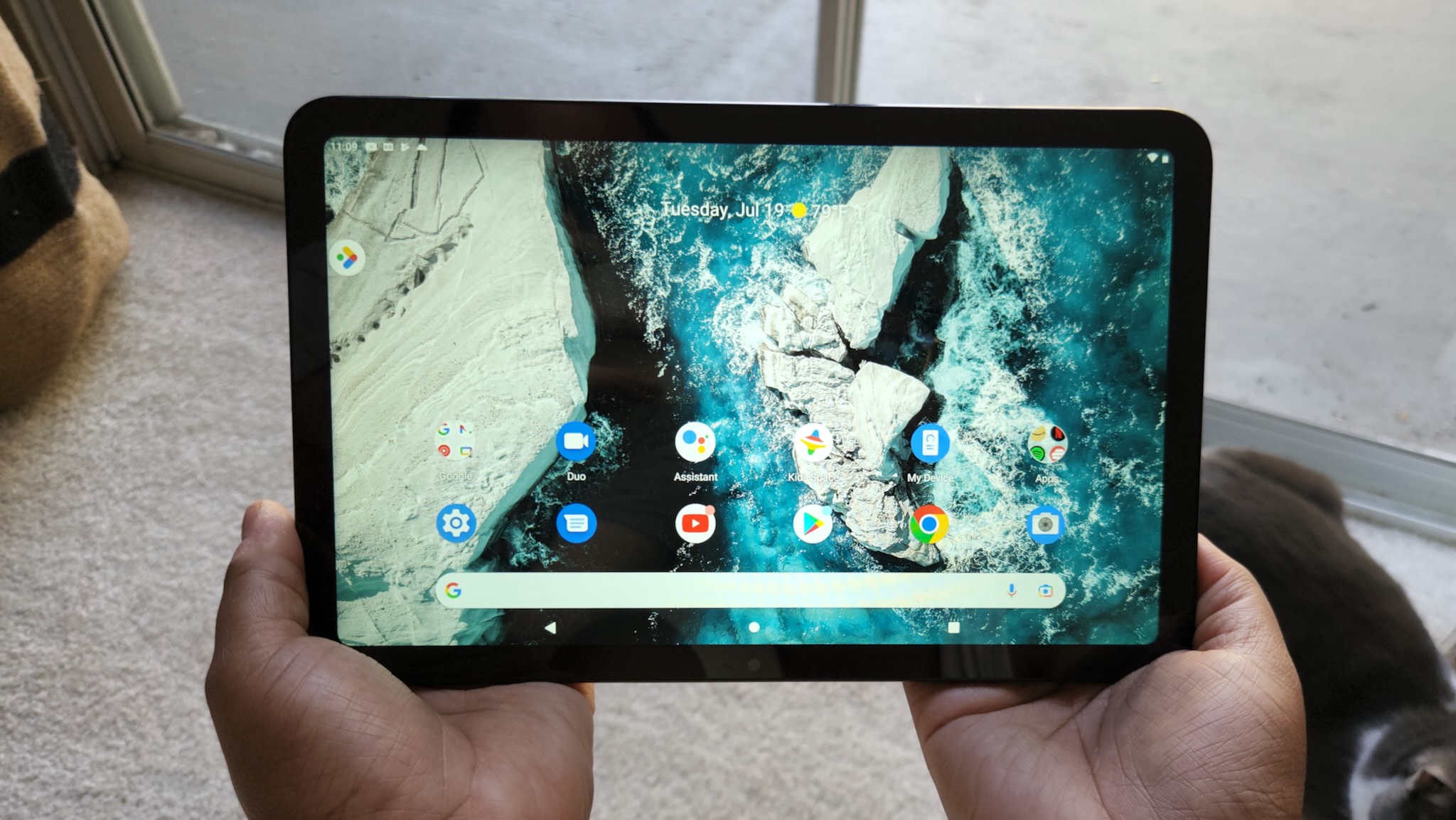
Having reviewed several Nokia devices like the X100 and G20 in the past year, the Nokia T20 looked immediately familiar to me, both in its distinct Ocean Blue coloring, and its overall design. But I'd argue HMD Global's design language works better on a tablet than on its phones, which tend to look overly simple and bulky.
It has an attractive aluminum finish that feels comfortable and grippy on your fingertips. While my oily fingers quickly cover it in smudges, it has a quite attractive, uniform look once you clean it. It has a small plastic portion on top to allow Wi-Fi signals to pass through more easily, but it blends in fairly well.
Plus, the all-aluminum design gives the tablet a respectable one-pound weight that's slightly lighter than competing budget tablets like the 10.2-inch iPad and Lenovo Tab P11 Plus.
It's comfortable to hold for long periods, with comfortably thick sides and a rare IP52 rating that makes it dust and splash-proof. For comparison, many tablets lack any IP rating; and while you shouldn't dunk this in water, it's certainly durable.
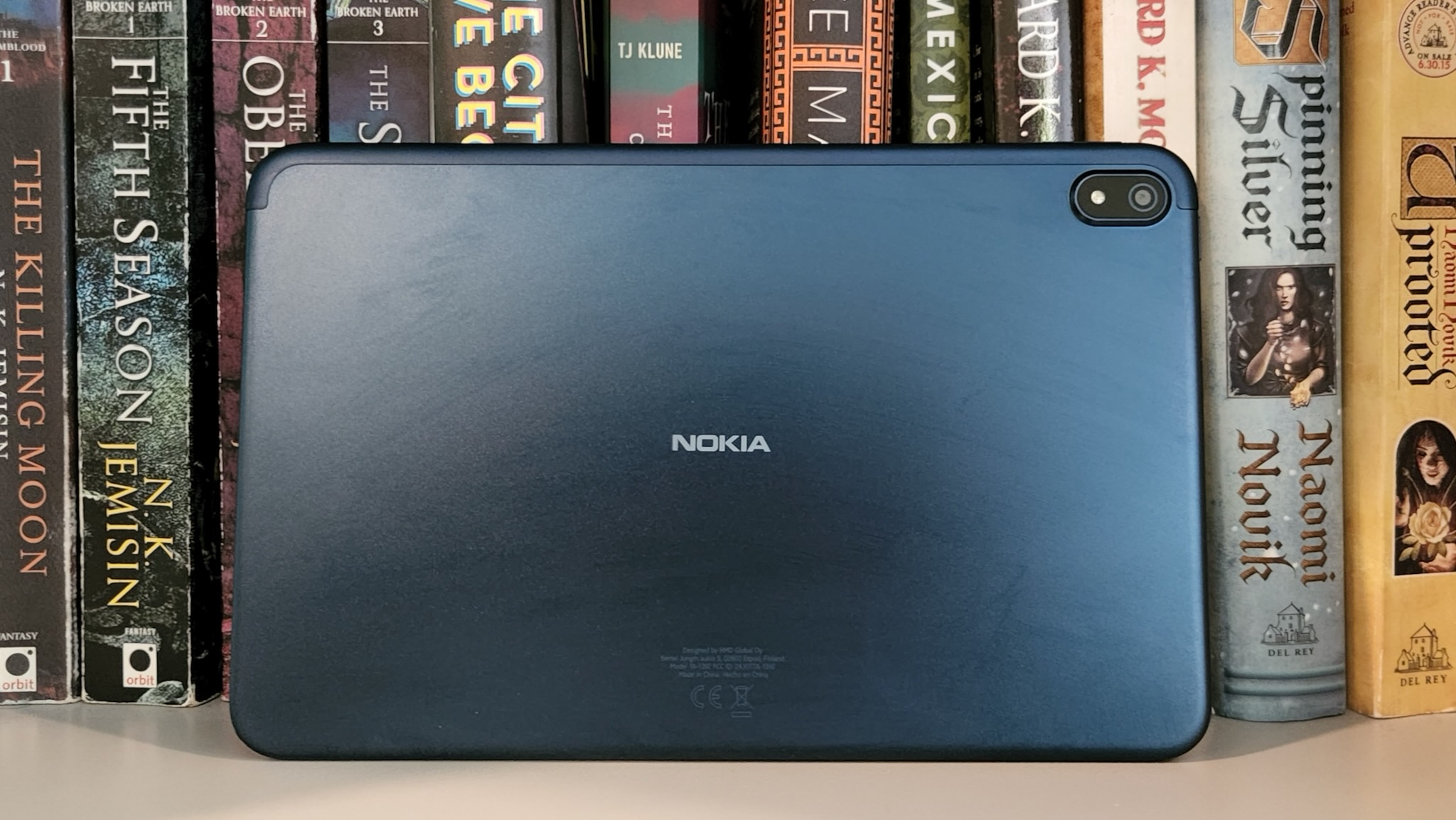
Starting from the top, the Nokia T20 has the volume rocker, microSD card slot, two mic holes, and 5MP selfie camera along the top edge; speakers and USB-C 2.0 port on the right side, with a 3.5mm headphone jack on the bottom corner; and speakers plus the power button on the left side.
The headphone jack's corner placement is a bit bizarre, and it seems a bit more difficult to insert headphones into than on other devices. But that's truly a minor nitpick, as I'm just thrilled that Nokia continues to support 3.5mm headphones users when most brands have abandoned them.
| Category | Nokia T20 specifications |
|---|---|
| Operating System | Android 11; due to receive Android 12 + 13 and monthly security updates |
| Display | 10.4-inch LCD; 1200x2000; 400 nits |
| Processor | Unisoc Tiger T610 SoC |
| Memory | 4GB RAM |
| Storage | 64GB internal; 512GB microSD card slot (card not included) |
| Cameras | 8MP rear; 5MP front |
| Security | PIN, passcode, face unlock |
| Connectivity | WiFi 2.4/5GHz; Bluetooth 5.0; 3.5mm headphone jack; 4G cellular model available |
| Audio | Stereo speakers with OZO Audio |
| Battery | 8200mAh, 15W charging compatible |
| Dimensions | 247.6 x 157.5 x 7.8mm; 9.75 x 6.2 x 0.31 inches |
| Weight | 465 grams; 1.025 pounds |
| Colors | Ocean Blue |
As you'd expect with a $250 tablet, you're not getting cutting-edge performance here, and the Unisoc T610 is an unproven CPU. But while testing the Nokia T20, I found its performance to be adequate for a budget user.
That's not exactly a thrilling endorsement, but it matches what I've seen on comparably priced Nokia phones and surpasses the somewhat laggy performance you'll see on Amazon Fire tablets. You'll notice a slight delay opening web pages or apps and some juttery scrolling compared to more expensive tablets, but nothing terrible at this price point.
The battery life will also more than satisfy you. It promises to hit 15 hours with standard use, 10 hours with video streaming, and 7 hours of video calling, and thanks to its 8,200mAh battery capacity, it really does seem to hit these benchmarks. It lasted over 10 hours streaming Netflix non-stop, and will typically last you 2-3 days per charge with casual use.
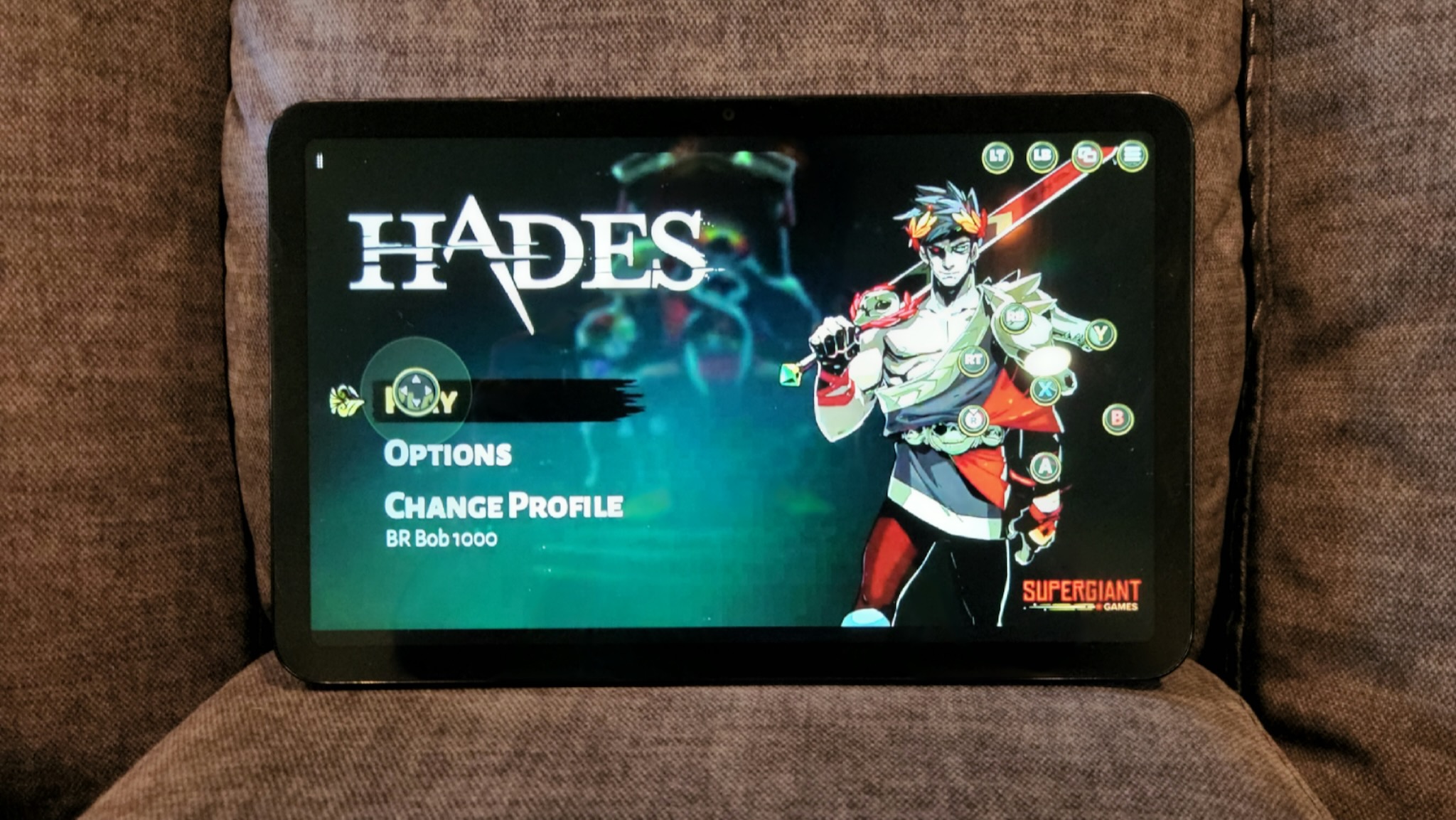
One of the biggest selling points of the Nokia T20 is its "2K" display, which rises slightly over 1080p, but doesn't hit the 1440p resolution that most people consider 2K. I have some frustrations with the display I'll discuss in the next section, but I won't sell the tablet's visual quality completely short.
It gets respectably bright at 400 nits, enough to make content easily visible unless you're in direct sunlight, and its 224 pixel-per-inch ratio is excellent at this price point, enough to make small text readable, and app icons or game interfaces less blurry than you'll see on other budget tablets.
The other huge selling point is obvious: This is a stock Android tablet, so you get full access to Play Store apps. That's something an Amazon Fire tablet can't offer, and as the Fire HD 10 Plus with 64GB and no lock screen ads costs only slightly less than the Nokia T20, you're not paying too much extra for it.
Lastly, you'll appreciate the additions of Entertainment Space and Kids Space, two features that curate content based on your downloaded apps and streaming preferences, and add kid-centric software and experiences, respectively.
Nokia T20: What's not good
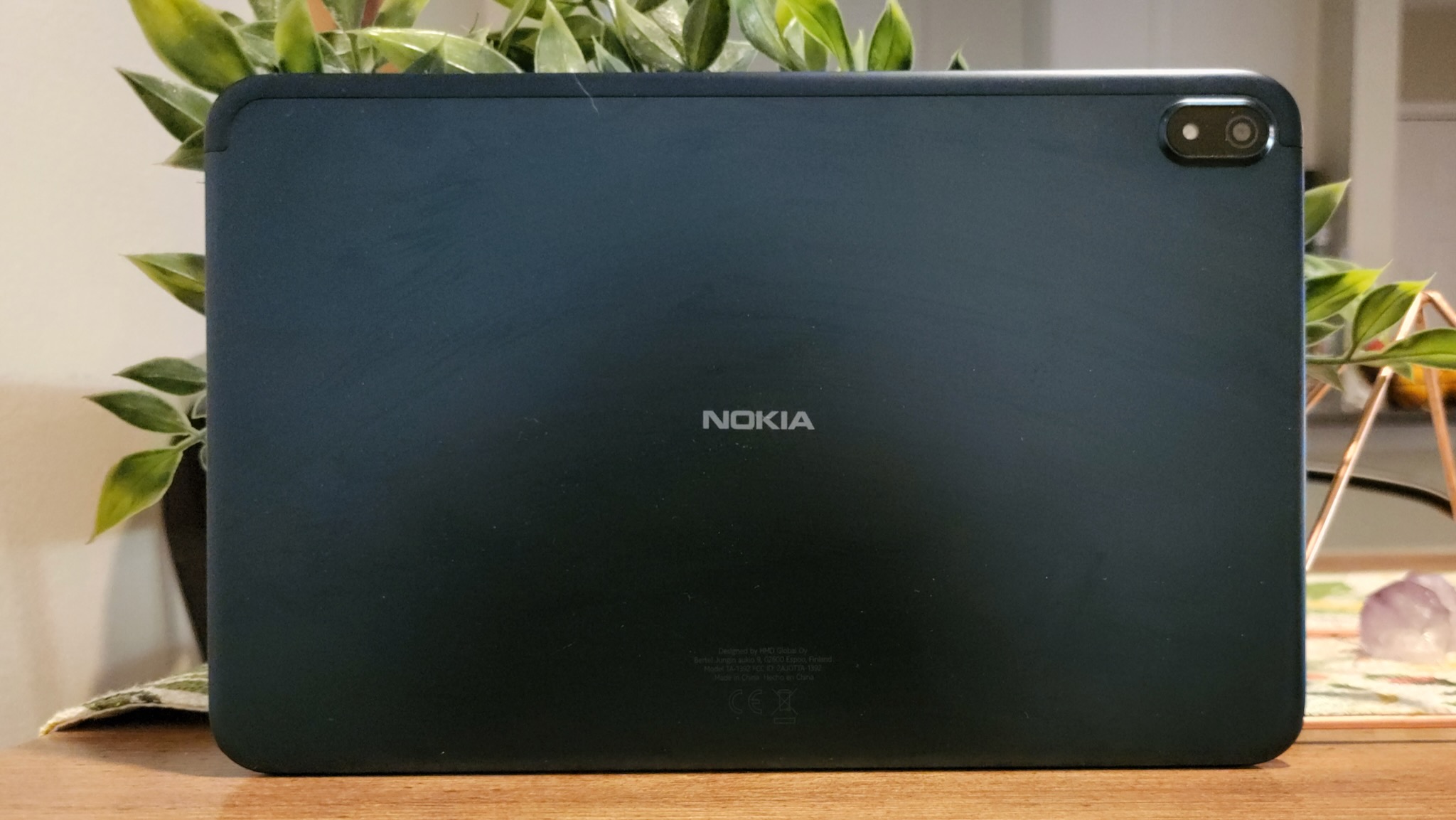
Considering the Nokia T20 came out late last year, it's fair to wonder why this review took so long to come out. For starters, my initial review unit had an unfortunate defect where the display remained blank even though it made noises like the wakeup chime or screenshot noise indicating it was active.
I see this as an unlucky fluke with an early unit, as I haven't heard of any similar customer complaints. But by the time HMD Global could send me a replacement unit, the initial wave of reviews had already come out, as had Nokia's first wave of Android 12 updates to a few of its phones.
So I thought I would hold off on the review until the Android 12L update, since HMD Global told journalists during an October 2021 pre-release briefing that it was working on a 12L build for the T20.
I didn't think I'd have that long to wait, and wanted to find out how the tablet would benefit from Android's new multitasking features. Instead, as of mid-July, the Nokia T20 remains on Android 11, and it didn't make any sense to keep waiting. It's also stuck on a May 5 security update, despite the promise of monthly updates.
Now, most budget tablets rarely get much software support and often only receive quarterly security updates. But as an Android Enterprise Recommended device, the T20 has higher expectations placed upon it, making it bizarre that HMD Global prioritized other Nokia devices' updates.
We know it'll receive Android 12 soon — the Nokia T10 will launch with Android 12 in August, so the brand's tablet software must be close to ready — and receive Android 13 down the line, the kind of support only Apple and Samsung tablets offer. But such a long wait for new software makes this perk less appealing than we'd hoped.
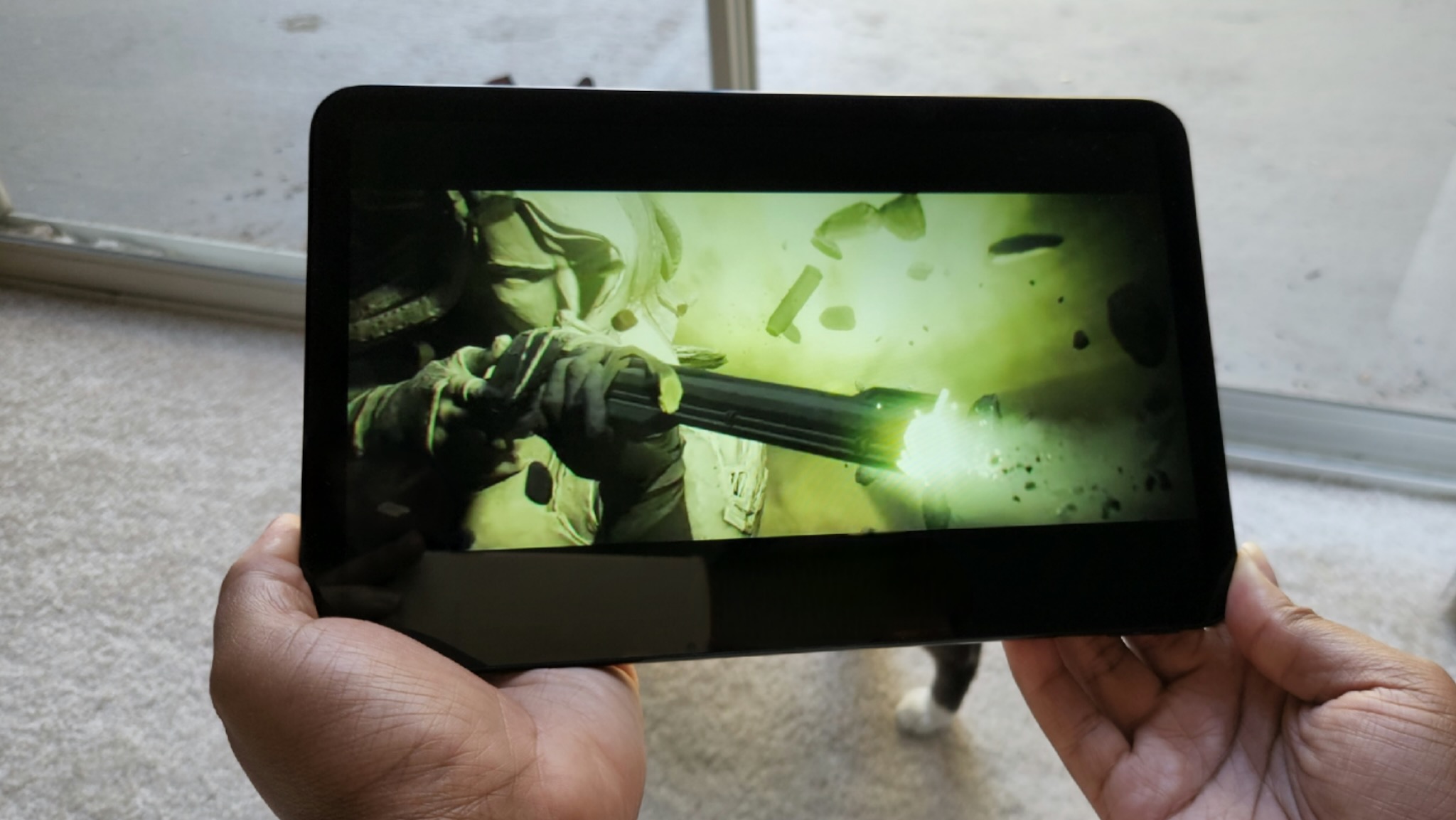
Software aside, the Nokia T20 has one major drawback that makes it difficult to recommend: L3 Widevine DRM. You may not have heard of Widevine, but it's a Google feature that allows video apps to restrict your streaming resolution, preventing you from copying and distributing content illegally.
Most modern devices use L1, meaning they process data in a Trusted Execution Environment so piracy is less likely, and therefore have unrestricted resolution. But the Nokia T20 is stuck on L3 and frequently defaults to 480p.
So even though the T20 has a respectable 1200 x 2000 resolution (higher than most budget tablets), you won't be able to take full advantage of it for a tablet's most common use case. It has an immediately noticeable effect while binging content on Netflix, with the same visual quality as an HD tablet like the Fire 7, only stretched out.
This has less of an effect for non-streaming apps, making the T20 better suited to cloud/mobile gaming or video calls where the resolution can shine. 4GB is enough to enjoy demanding games on "low" graphics, but don't expect anything more than that with the Unisoc Tiger 610. Also, keep in mind that while your coworkers will look crisp on your display, the 5MP selfie camera won't do you any favors.
I'll also note that the Nokia T20's stereo speakers will underwhelm you, with a somewhat tinny quality with limited range. I fixed the problem somewhat by hopping into the settings, where mono audio was enabled by default. But compared to Dolby Atmos on some other budget tablets, Ozo Audio didn't impress me.
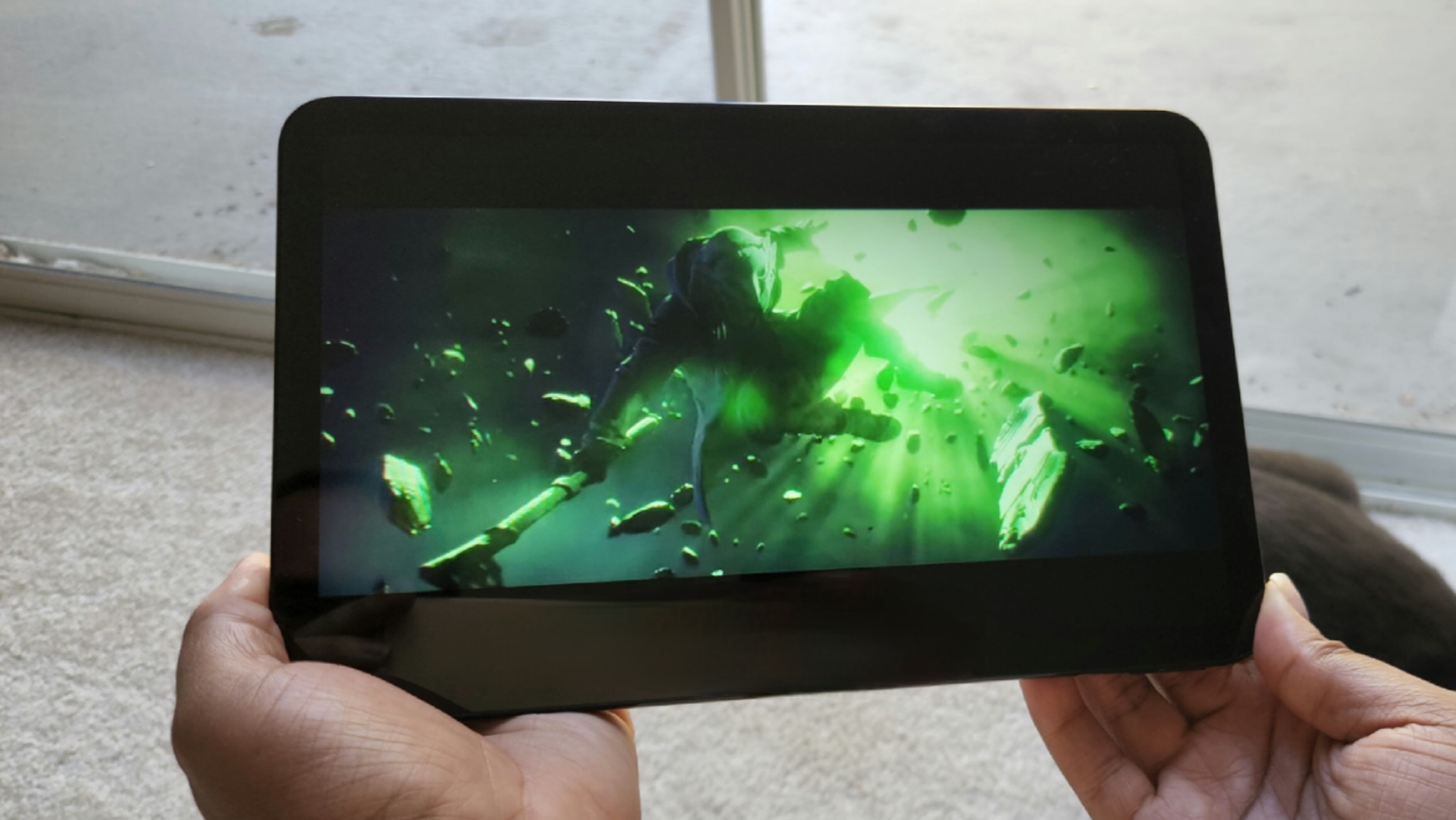
The Nokia T20 battery life impresses, but a large capacity mixed with a slow 15W charging speed means it'll take several hours — and even longer if you only have the boxed 10W charger on hand. That's not an issue for an overnight charge, but there's no fast juicing up if you're on a time crunch.
Otherwise, you'll notice some missing features that HMD Global clearly cut for price reasons: a haptic motor and a fingerprint sensor. I've found that budget haptics are so unreliable that I turn them off in other devices, so you likely won't mind the absence.
The bigger shame is the missing fingerprint sensor, since the Face Unlock tool was incredibly inconsistent, and entirely dependent on which way you held the tablet. Unless you orient it in landscape with the selfie camera on top, you'll see the "Face not recognized" prompt most of the time.
The competition
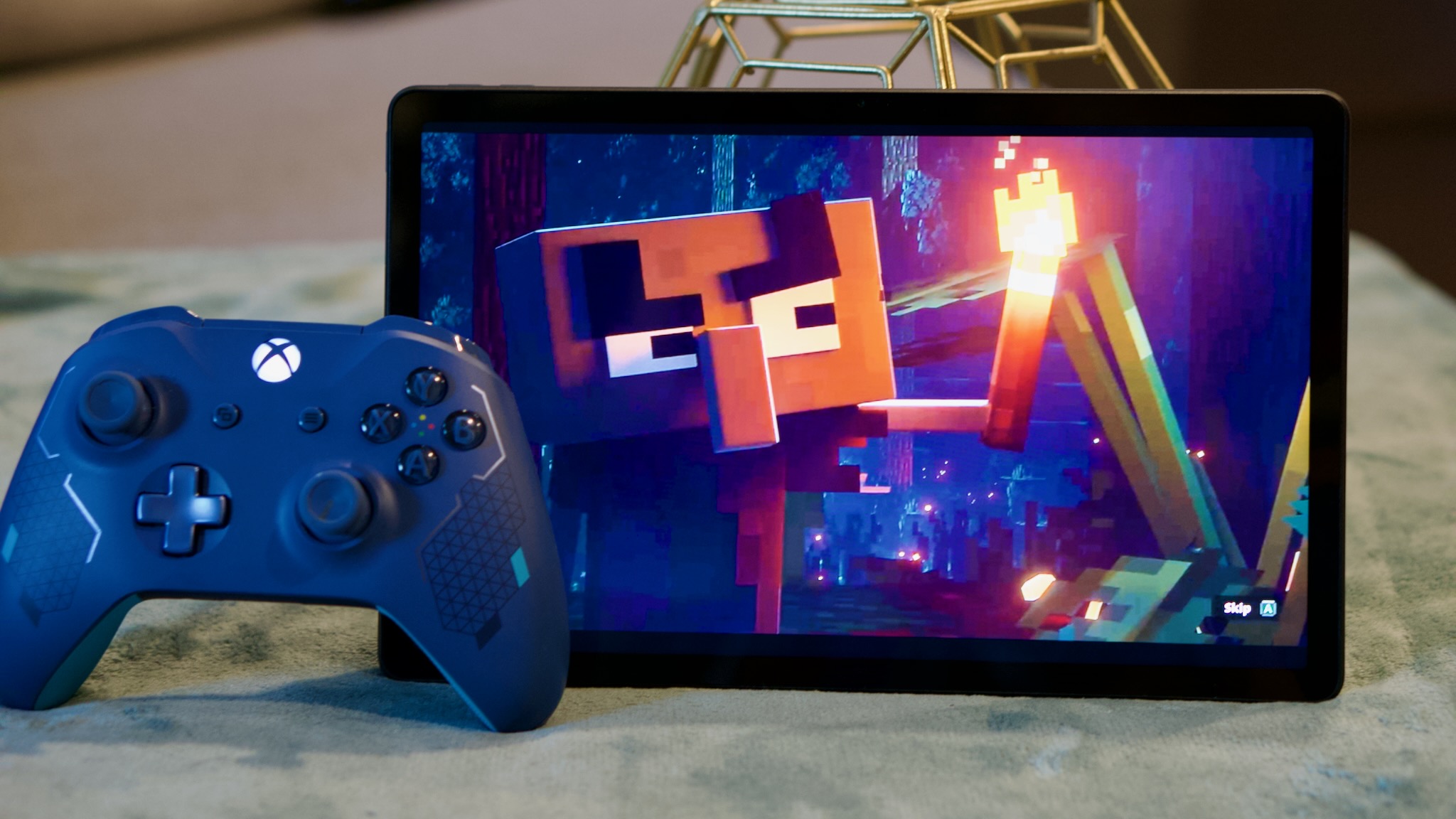
The closest pound-for-pound competitor to the Nokia T20 is the $260 Lenovo Tab P11 Plus. It falls short with just one OS update to Android 12 and lacks a 3.5mm headphone jack, but Lenovo's budget tablet is the clear winner in most other respects.
The P11 Plus has the same 1200 x 2000 resolution with 400 nits, but supports L1 Widevine DRM for better streaming quality. Dolby Atmos speakers give it a much richer, more powerful sound.
Its Mediatek chip easily outpaces Nokia's Unisoc chip, whether or not you upgrade to the 6GB option for $50 more. It also lacks a fingerprint sensor, but its inconsistent Face Unlock looks downright reliable compared to Nokia's. And its cameras offer higher resolution.
The Samsung Galaxy Tab A8 has very similar specs as well, with the Unisoc Tiger T618 paired with 4GB of RAM, a 10.5-inch 216ppi display, 8MP/5MP cameras, quad speakers with Dolby Atmos, and a 7040mAh battery with 15W charging. It should also receive Android 12 soon, though it'll run off of One UI instead of stock Android. The main difference is that it has L1 Widevine for superior streaming quality
On the cheaper side of things, the Fire HD 10 Plus has a very similar display size and quality, a Helio P60T processor with 4GB of RAM that's nearly identical in benchmarks to the Unisoc T610, expandable storage, and a 3.5mm headphone jack. It costs less, but has more limited app support and worse camera resolution.
Nokia T20: Should you buy it?
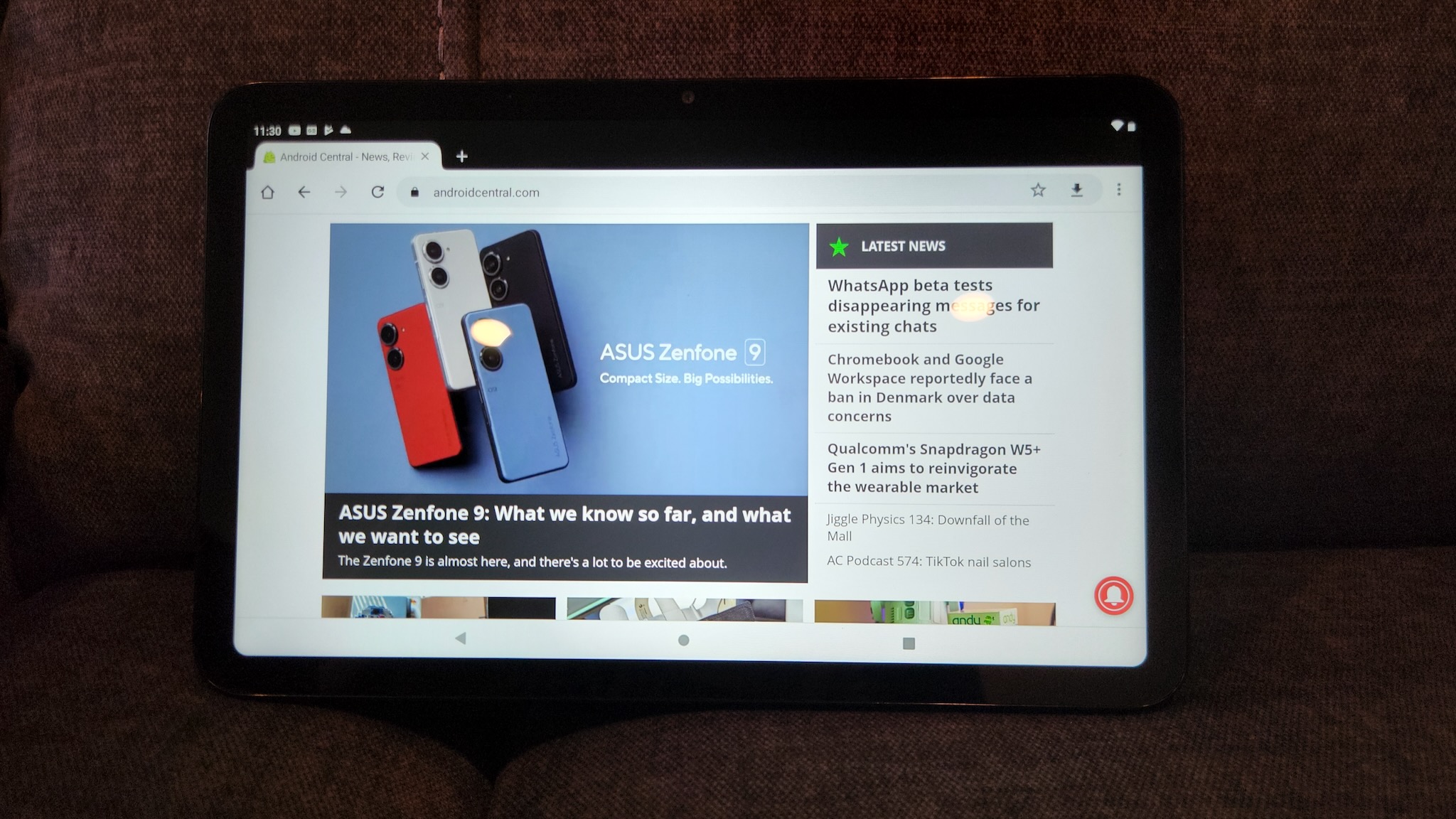
You should buy this if...
- You want an affordable tablet with promised update support and full Play Store access.
- You need a tablet with long-lasting battery life.
- You care about a durable and sleek design in a budget package.
You shouldn't buy this if...
- You care about watching shows at the highest possible resolution.
- You want a tablet with the speediest performance for gaming or browsing.
- You prefer listening to shows or music via speakers instead of headphones.
Comparing the Nokia T20 against comparable devices from Amazon, Samsung, and Lenovo, it's clear that this tablet doesn't fall short in most raw specs. Its battery life is superb, its resolution and brightness beat what we'd come to expect from budget tablets. It does at least have the prospect of Android 13 support a year from now, while other budget tablets will remain stuck on 12 for good.
Despite all that, it's difficult to get past the L3 Widevine and tinny audio, though the latter I can at least ignore thanks to the headphone jack. Permanently low-resolution video undermines one of the T20's main strengths (its pixel-rich display) and makes other rival offerings more compelling.
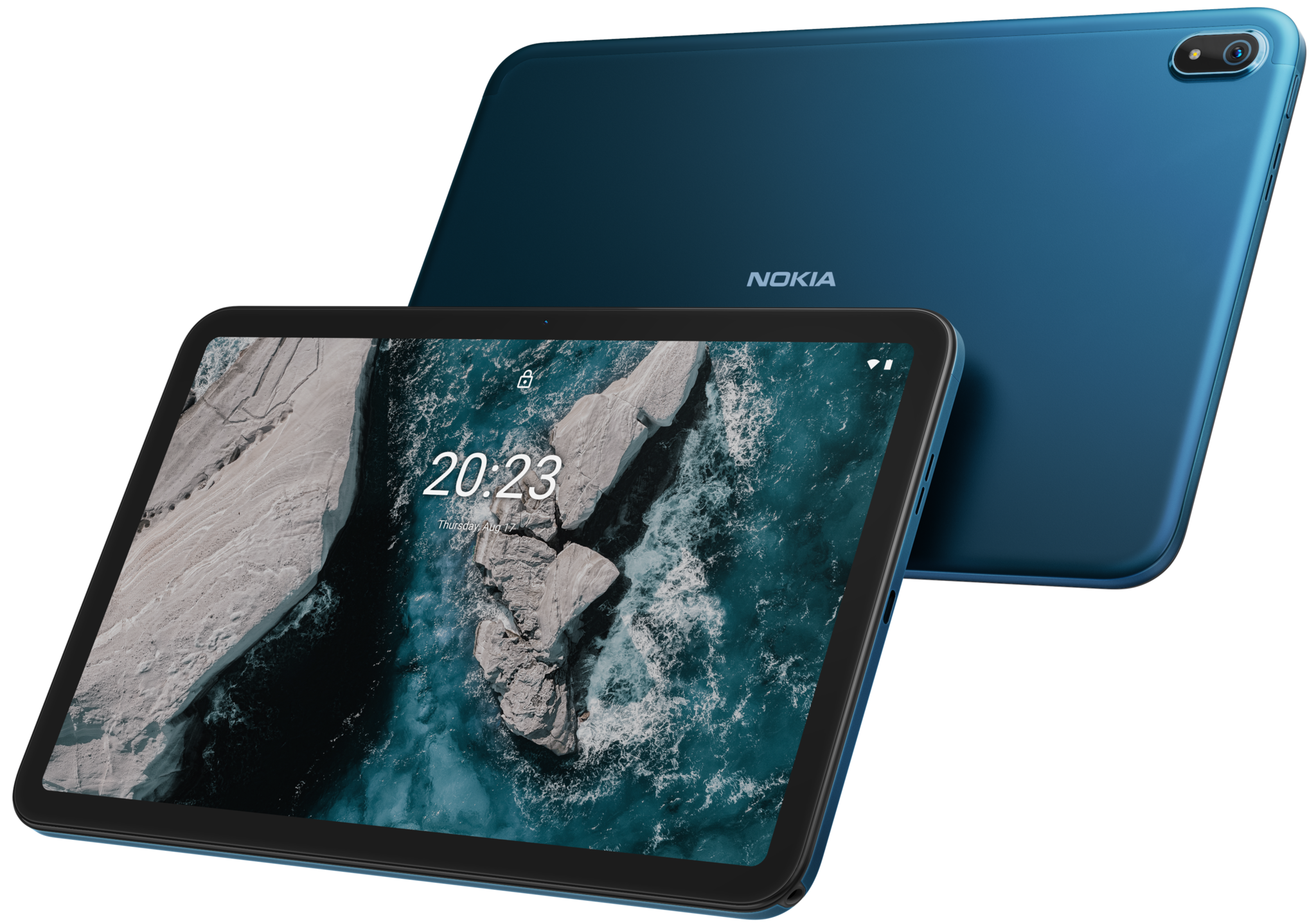
An affordable tablet that doesn't quit
With a stylish design, a beast of a battery, and competent performance, the Nokia T20 is certainly among the best cheap Android tablets available despite its compromises.

Michael is Android Central's resident expert on wearables and fitness. Before joining Android Central, he freelanced for years at Techradar, Wareable, Windows Central, and Digital Trends. Channeling his love of running, he established himself as an expert on fitness watches, testing and reviewing models from Garmin, Fitbit, Samsung, Apple, COROS, Polar, Amazfit, Suunto, and more.
